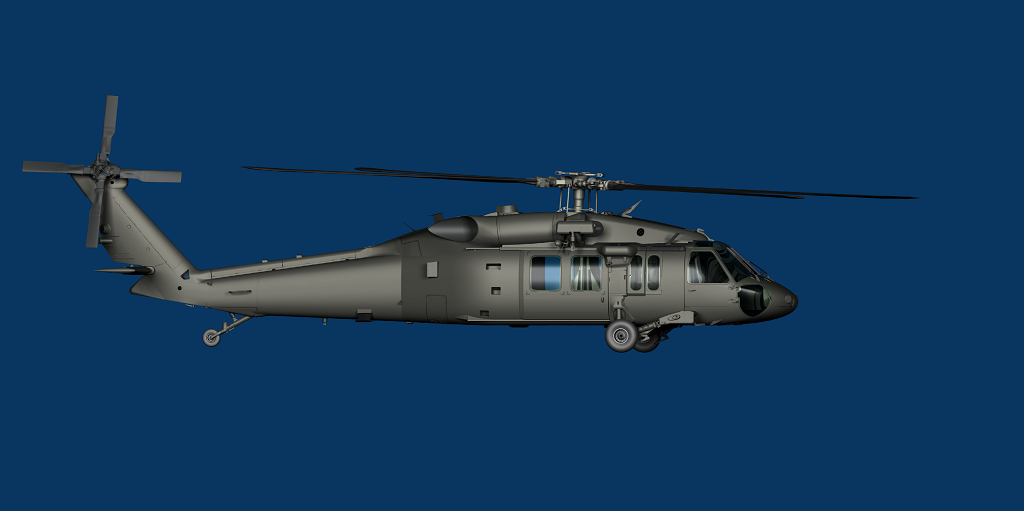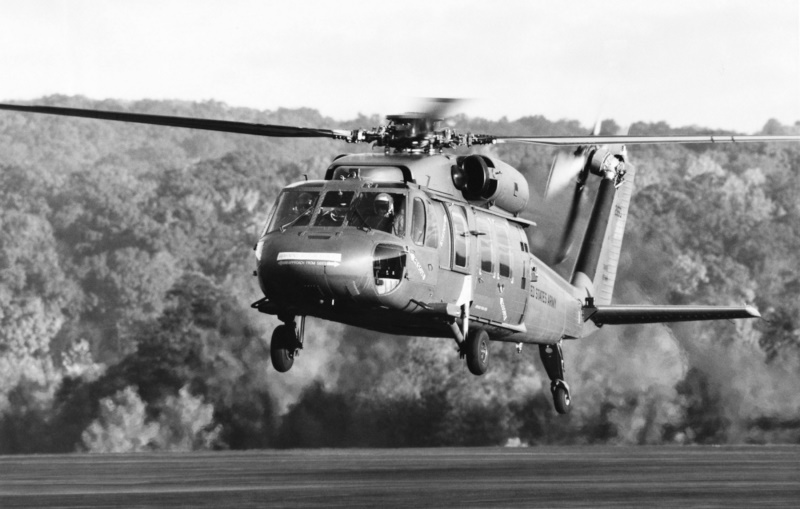High-Performance Multi-Role Rotorcraft Featuring Advanced Cabin Technologies and Integrated Sensor Solutions
The world of rotorcraft modern technology has seen notable improvements in current times, particularly in the realm of high-performance multi-role rotorcraft equipped with innovative cockpit technologies and perfectly integrated sensing unit systems. In the adhering to discussion, we will discover the evolution of rotorcraft technology, delve right into the realm of advanced cabin innovations, and analyze the ramifications of integrated sensor systems on the functional convenience and effectiveness of contemporary rotorcraft.
Evolution of Rotorcraft Modern Technology
The advancement of rotorcraft technology has been marked by significant improvements in the rules of aerodynamics, products, and propulsion systems, shaping the capacities and efficiency of modern-day rotorcraft. Aerodynamic renovations have actually enhanced the performance and maneuverability of rotorcraft, enabling boosted speed, dexterity, and security throughout trip (sikorsky s 70). Technologies in products, such as making use of composite products and progressed alloys, have actually resulted in lighter yet stronger rotorcraft frameworks, boosting total efficiency and durability. Furthermore, developments in propulsion systems, including a lot more powerful engines and innovative propulsion innovations, have actually enabled rotorcraft to achieve higher altitudes, faster rates, and higher hauls.
These advancements have not only transformed the abilities of rotorcraft but have actually additionally increased their applications across numerous industries, including army, commercial, and emergency situation solutions. The constant advancement of rotorcraft innovation continues to drive innovation in the area, pushing the limits of what is feasible and shaping the future of vertical flight.
Advanced Cabin Innovations
Structure upon the foundational advancements in the rules of aerodynamics, products, and propulsion systems, the world of rotorcraft technology currently shifts focus towards introducing Advanced Cockpit Innovations. The assimilation of innovative innovations within the cabin atmosphere plays an important duty in enhancing the operational capacities, safety, and efficiency of contemporary rotorcraft. sikorsky s 70. Advanced Cockpit Innovations include a vast selection of features developed to give pilots with enhanced situational recognition, structured data management, and instinctive control user interfaces
One of the essential improvements in cabin layout is the application of glass cockpits, which change typical analog determines with high-resolution screens. These digital systems offer personalized designs, real-time data integration, and improved readability, making it possible for pilots to access crucial information at a look. Progressed avionics systems, such as fly-by-wire controls and boosted truth displays, are reinventing exactly how pilots communicate with the aircraft, allowing for specific control and enhanced decision-making abilities.


Including innovative cockpit developments not only improves pilot efficiency however also contributes to total goal efficiency and security in complex operational environments. By leveraging modern modern technologies within the cockpit, rotorcraft makers are setting new criteria for functional quality and goal success.
Integrated Sensing Unit Systems
With the evolution of rotorcraft technology, the assimilation of innovative Integrated Sensing unit Systems has actually become paramount in improving operational efficiency and safety. These Integrated Sensor Equipments incorporate a vast variety of technologies that offer important information for numerous features such as navigation, security, targeting, and environmental monitoring. By flawlessly integrating sensing units like radars, electronic cameras, lidar, and infrared systems right into rotorcraft, drivers can profit from improved situational understanding, boosted mission capabilities, and reduced pilot work.
One trick benefit of Integrated Sensing unit Equipments is their capability to gather real-time information and supply actionable understandings to pilots and objective operators. Advanced radar systems can find and track targets over long distances, permitting for very early hazard discovery and reliable feedback planning. In addition, incorporating infrared and electro-optical cams allows rotorcraft to perform reconnaissance and security objectives with accuracy and accuracy.
In significance, the combination of advanced sensor innovations right into rotorcraft not only their website boosts functional performance yet also adds significantly to total mission success and team security. As rotorcraft remain to progress, the function of Integrated Sensor Solution will certainly remain at the center of innovation in the aerospace market.
Functional Adaptability and Efficiency
Enhancing functional versatility and effectiveness in rotorcraft is a natural progression from the combination of sophisticated Integrated Sensor Systems. By leveraging the data and understandings given by these sophisticated sensing unit systems, rotorcraft can maximize their efficiency throughout various objectives and settings.
Functional flexibility encompasses the capacity of rotorcraft to adjust to different functions and scenarios efficiently. With advanced cabin innovations and integrated sensor systems, rotorcraft can flawlessly shift in between tasks such as search and rescue, clinical discharge, monitoring, and more. This versatility enhances the rotorcraft's ability to satisfy diverse operational needs without requiring substantial reconfiguration.
Effectiveness in rotorcraft procedures is essential for making best use of objective efficiency and source utilization. Integrated sensing unit systems play a critical function in enhancing functional performance by giving real-time data on weather conditions, surface mapping, target tracking, and extra. This information enables pilots to make educated choices promptly, enhance trip paths, save fuel, and boost overall mission performance.
Influence on Modern Air Travel Procedures
 Home Page alt="sikorsky s 70
Home Page alt="sikorsky s 70"/>
Furthermore, the integration of advanced sensing units assists in boosted goal planning and implementation, enabling rotorcraft to execute a variety of jobs with boosted accuracy. From search and rescue operations to airborne firefighting and police goals, the abilities of contemporary rotorcraft outfitted with innovative cockpit modern technologies and incorporated sensor systems are unmatched.
In addition, the influence of these improvements extends beyond functional efficiency to cost-effectiveness and sustainability. By maximizing flight courses, gas intake, and upkeep routines, high-performance rotorcraft furnished with advanced cabin technologies and sensors contribute to lowering operational expenses and ecological influence, making them vital assets in modern-day aviation operations.
Final Thought
Finally, the high-performance multi-role rotorcraft with sophisticated cabin technologies and incorporated sensing unit systems stands for a considerable evolution in air travel modern technology. These technologies boost functional flexibility and efficiency, ultimately impacting modern-day air travel operations in a positive means. The integration of these advanced technologies permits enhanced abilities and performance in different objective situations, showcasing the proceeded improvement of rotorcraft technology in the air travel industry.
The world of rotorcraft technology has actually seen remarkable innovations in current times, especially in the world of high-performance multi-role rotorcraft geared up from this source with cutting-edge cabin technologies and flawlessly integrated sensing unit systems. From boosted mission versatility to enhanced functional performance, the convergence of advanced cabin technologies and integrated sensor systems has actually ushered in a new era of opportunities for rotorcraft applications. In the following conversation, we will certainly discover the advancement of rotorcraft innovation, dig right into the realm of sophisticated cockpit technologies, and analyze the ramifications of incorporated sensor systems on the operational adaptability and efficiency of modern-day rotorcraft.
